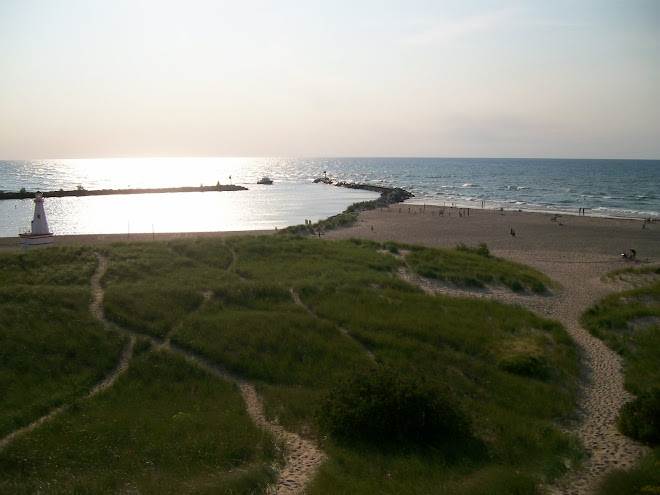About one year ago I first commented on the great frame-up
of Donald Trump, then after more than a year of unfruitful FBI and Department of Justice investigation. Now one whole year later the
witch hunt continues, as its perpetrators labor mightily to push their
discreditable and shameful boulder up the hill, only to have it time and time
again roll back to painfully crush a bone or two.
But as facts are pried loose from the malefactors who fight
hard to keep them all secret, the slow unveiling of the greatest scandal, by
far, in American political history fitfully continues. We see more and more, in drips and drabs, as
time goes on. We know indisputably that some
Democrat Party senior officials in the Obama Administration’s national security
team, in the Justice Department, in the Federal Bureau of Investigation, and in
the Clinton campaign, strongly aided by Democrat operatives in the media
masquerading as journalists, all conspired to criminally sabotage Donald Trump,
first in his presidential campaign and then in his presidency. After the election, they deftly maneuvered
around hapless Republicans to engineer the appointment of a special inquisitor of effectively all things Trump and in essence charged him with finding the crime. The Democrat insiders have known from the
jump that it was all a put on, but still today gullible, Trump-hating true
believers, churlishly refusing to accept an election result, frantically grasp
at illusory straws while specters of collusion dance in their fevered dreams.
Even many so-called Republicans, those whose Democrat-lite political
influence dissipated in the Trump wave or whose exploitation of cheap, illegal labor
is threatened or whose lust for endless foreign wars is unrequited, have looked
the other way at these Democrat depredations.
They myopically and delusionally make common cause with the Democrat crocodile
while it rips away at some other Republican, thinking the beast will be forever
satisfied with just Trump.
In political depth and breath, and by the global stakes at
hand, this may be the greatest nefarious frame-up in all political history. It has severely corroded public trust in the FBI
and the Justice Department, the two critical federal agencies once, naively in
retrospect, thought fair and honest and above the political fray. And senior leaders of the Democrat Party, actively
and passively, have endorsed these affronts, and more (see their vicious, despicable
behavior during the Kavanaugh Supreme Court confirmation process). I fear that the evildoers who have betrayed
America’s trust will never be held to account, making further damage to our
polity much more likely, and that this horrific scandal is one giant step
toward a very ugly political future.
Romans, Egyptians, and British, to name just a few, at one
time could not imagine that their great states, their great power, could ever
collapse. We know though that they first
became hollowed out, until the shell that was left just collapsed. Now, Americans can only hope that there is a “great
deal of ruin in a nation.” But should
America die, how will it die? Certainly
slowly at first, politically rotting out behind the facades and underneath the flags,
and then one day all of a sudden. And
then having sown the wind, the great destructors will reap the whirlwind.
R Balsamo
Related link:
https://criticalthoughtsblog.blogspot.com/2017/12/clinton-democrats-fbi-justice.html











